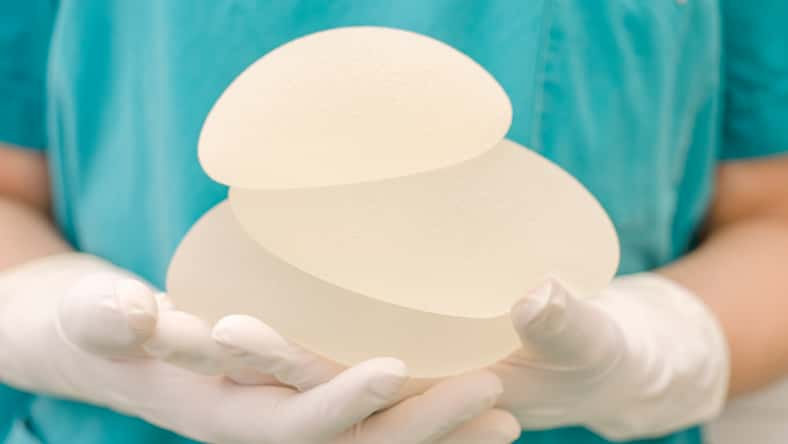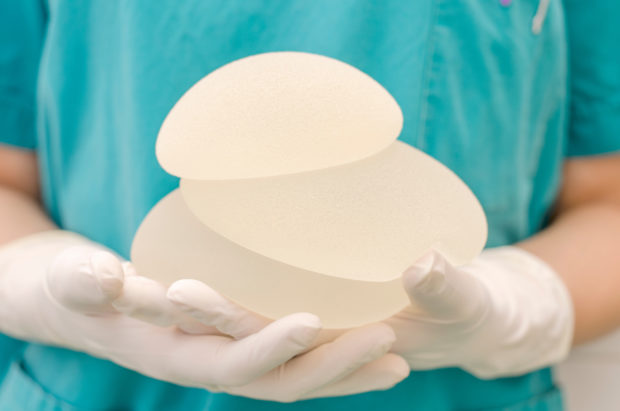New Research Finds That Nearly 25% Of Breast Cancer Patients Experience “Reconstructive Burnout” And Do Not Complete The Breast Reconstructive Process Following Mastectomy

Over 100,000 women in the United States undergo some form of mastectomy every single year. Mastectomy refers to the surgical removal of one or both breasts, either partially or completely, most commonly to treat breast cancer.
And while this surgical treatment can be lifesaving, it is also often a challenging process– both physically and emotionally.
In terms of physical risks, patients may experience the formation of hard scar tissue at the surgical site, shoulder stiffness and pain, numbness, and hematoma, according to the Mayo Clinic.
The process of breast removal can be emotionally tolling for many women, too– since the body parts are often deeply tied to feelings of identity and self-esteem.
That is why many mastectomy patients opt to undergo breast reconstruction surgery following the procedure.
Reconstruction surgery will essentially rebuild the shape and appearance of the breasts, either using tissue, prosthetic implants, or a combination of both.
Although, a new study conducted by American Society of Plastic Surgeons (ASPS) member surgeons and colleagues at the University of Texas Southwestern Medical Center has found that about 25% of breast cancer patients who seek out breast reconstruction actually do not complete the reconstructive process.
It is known that the process of breath reconstruction can be long and arduous, with patients facing many hurdles before they receive an idealistic aesthetic result.
This reality can be daunting and too overwhelming for some patients, pushing them to halt the reconstructive process altogether.

branislavp – stock.adobe.com – illustrative purposes only
“There is a subset of patients who begin the reconstructive journey but do not complete it– a term we introduce as reconstructive burnout,” explained co-authors Nicholas T. Haddock and Sumeet S. Teotia.
The study analyzed the experiences of 530 breast cancer patients between 2014 and 2017. Each patient underwent a skin-sparing mastectomy as the first effort toward breast reconstruction.
During the follow-up, though, it was found that only about 76% percent of the patients had successfully completed their breast reconstruction.
Then, the remaining women– who represented nearly 25% percent of the cases– were deemed as having “reconstructive burnout.”
The authors define this classification as “either no breast mound reconstruction or completion of the breast mound without completion of all major revisions.”
Over 80% of the patients underwent initial reconstruction utilizing tissue expanders (TEs)– which maximize the available amount of skin for breast reconstruction.
In this group, though, the total global complication rate was about 48% among women who experienced reconstructive burnout.
On the other hand, those who completed reconstruction had a complication risk of about 36%.
Approximately 65% of the patients also underwent autologous reconstruction– or reconstruction using their own tissue.
The remaining 35% opted for implant-based reconstruction.
Interestingly, though, the risk of reconstructive burnout was similar for both of these groups– with rates of 19% and 17%t, respectively.
Additionally, despite autologous reconstruction being “an inherently more complicated procedure,” those patients were actually twice as likely to complete their reconstruction as opposed to implant-based reconstruction patients.
The researchers also determined some of the high-risk factors for reconstructive burnout, which included older age, diabetes, higher body mass index (BMI), radiation, and TE-related complications.
Now, the team’s study did have one significant limitation: it lacked precise information on why each patient opted to stop the reconstruction process prematurely. However, the researchers note that there is a myriad of reasons which can lead to this outcome.
“During the course of breast reconstruction after mastectomy, patients can be overwhelmed either emotionally, mentally, and/or physically and prematurely stop reconstruction due to reconstructive burnout,” the co-authors wrote.
In turn, they believe that each patient’s reconstructive journey must be tailored to meet both their physical and emotional needs, and they hope that this study will pave the way.
“These findings will help guide pre-operative and pre-reconstructive conversations with patients in order to manage expectations for patients that may be highly susceptible to burnout.”
The researchers also emphasized the need for increased availability of all breast reconstruction methods– underscoring that having more options would help patients make better-informed decisions and ultimately follow through with their breast reconstruction goals.
To read the study’s complete findings, which have since been published in the Journal of the American Society of Plastic Surgeons, visit the link here.
If true crime defines your free time, this is for you: join Chip Chick’s True Crime Tribe
Sign up for Chip Chick’s newsletter and get stories like this delivered to your inbox.
More About:Science





